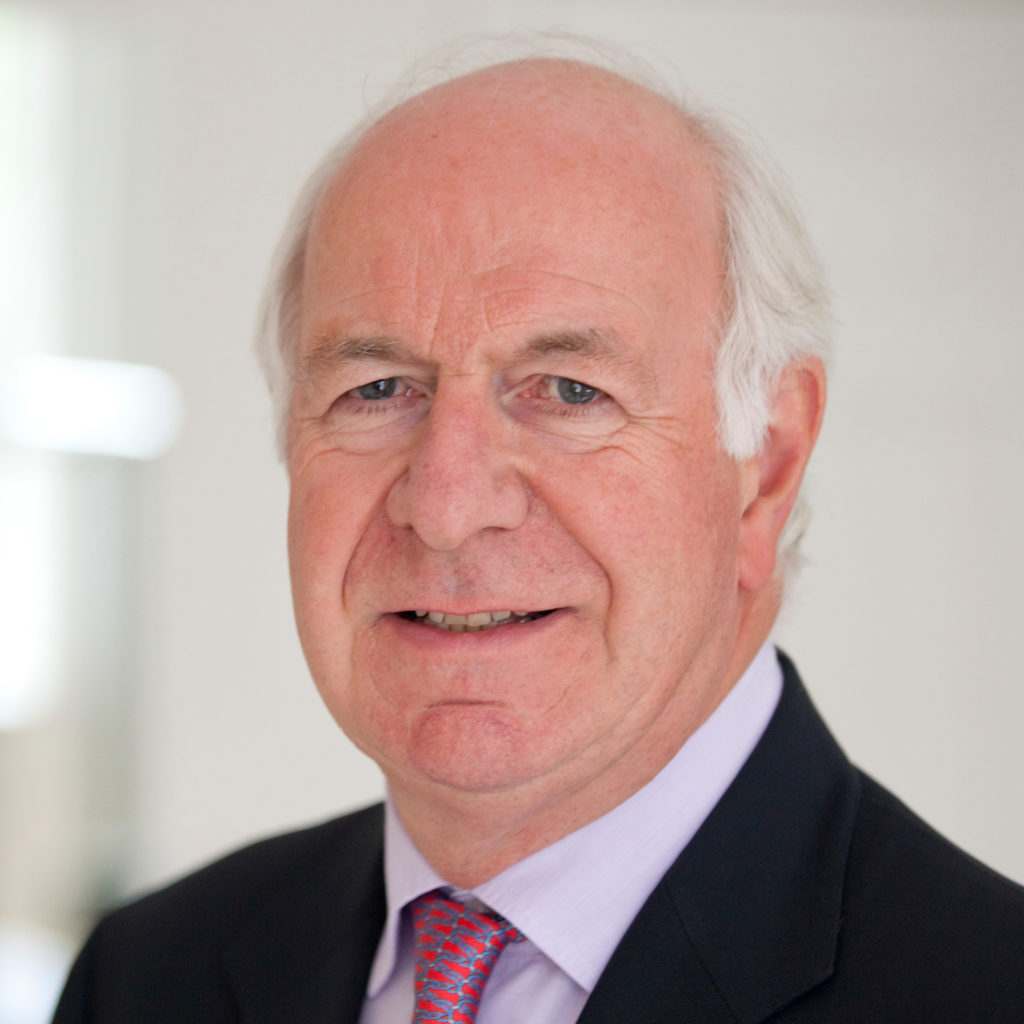Case history
A 4-year-old girl, referred to the Paediatric Assessment Unit by the GP, with a 2-week history of a cough, feeling unwell, and tired. Accompanied by her mother.
Read the patient information below and answer Question 1.
Early history
Early history
- Born at term in the UK
- Family are from Bangladesh
Health and medication history
Health and medication history
- Coughing a lot – nothing is helping
- Feeling tired
- Not vomiting when coughing, no haematemesis
- Not eating or drinking well
- No pyrexia
- No concerns with bowels or passing urine
School history
School history
- No medical history, never been in hospital
- Not on any prescribed medication
- Using over-the-counter cough mixture, although it has not helped
- No herbal medication, no medication sourced from the internet, no access to recreational drugs
- Immunisations up to date – including BCG (offered in the UK in high-risk areas)
- Had chickenpox last year
- Family live in East London, known as a high-risk area with increased prevalence of tuberculosis
- No recent foreign travel, although paternal uncle has just returned from Bangladesh
Family history
Family history
- Reception year at primary school
- Doing well
- Has lots of friends
- Mother has type 2 diabetes
- Maternal grandmother has an underactive thyroid
- Mother is 153 cm
- Father is 169 cm
On examination
| Temperature | 36.8°C |
| Heart rate | 120 bpm |
| Respiratory rate | 20 per min |
| O2 saturations in air | 98% |
| Blood pressure on right arm | 90/60 mmHg |
| Capillary refill time (CRT) | Less than 2 seconds |
| Height | 112 cm (75th centile) |
| Weight | 17 kg (10th centile) |
- Her ears, nose and throat are clear, but she is clammy and sweaty.
- There is no increased work of breathing, with good air entry, but there is a slight wheeze bilaterally and she has swollen cervical lymph nodes.
- She has no dysmorphic features, no goitre and is cardiovascularly stable but is tachycardic.
- She is tall for her age in comparison to her parents.
Concluding the history
Mother concerned about the cough.
Thinks she has a cold.
On asking if there was anything else, mother feels she may have been a bit more sweaty in the last few weeks, but was not concerned.
Question 1.
What would your differential diagnoses be?
- Endocarditis
- Hyperhidrosis
- Upper respiratory tract infection
- Phaeochromocytoma
- Tuberculosis
- Hyperthyroidism
- Endocarditis
- Hyperhidrosis
- Upper respiratory tract infection
- Phaeochromocytoma
- Tuberculosis
- Hyperthyroidism
Question 2.
Which clinical signs or symptoms are making you suspicious?
- History of cough
- Tall stature
- Low weight
- Sweating
- Tachycardia
- Family foreign travel
- Geographical area
- Lethargy
- Doing well at school
- Family history of thyroid disease
- Tuberculosis risk
- Family recent foreign travel
- Chickenpox history
- Tall stature
- Sweating
- Tachycardia
- Family history of thyroid disease
Question 3.
Which laboratory tests and investigations do you are think are needed to reach your definitive diagnosis?
- Sputum sample
- Naso-pharyngeal aspirate
- Lung spirometry
- Stool sample
- Urine sample
- Blood cultures
- Chest X-ray
- ECG (electrocardiogram)
- Full blood count (FBC)
- C-reactive protein (CRP)
- Urea & electrolytes (U&E)
- Liver function tests (LFT)
- ESR (erythrocyte sedimentation rate)
- 24 hr urine collection for catecholamines
- Thyroid function tests
- Thyroid ultrasound
- Mantoux test
Chest X-ray. ECG (electrocardiogram). Full blood count (FBC). C-reactive protein (CRP). Urea & electrolytes (U&E). Liver function tests (LFT). ESR (erythrocyte sedimentation rate). 24 hr urine collection for catecholamines. Thyroid function tests. Thyroid ultrasound. Mantoux test
Testing
| Investigation and rationale | Result | |||||||||||||||||||||||||||||
|---|---|---|---|---|---|---|---|---|---|---|---|---|---|---|---|---|---|---|---|---|---|---|---|---|---|---|---|---|---|---|
| Chest X-ray To look for evidence of tuberculosis: consolidation in upper lobes of the lung, because of history of cough |
Clear | |||||||||||||||||||||||||||||
| Electrocardiogram To explore cause for tachycardia, and signs of electrical activity in the heart |
Normal, with slight tachycardia | |||||||||||||||||||||||||||||
| Bloods: FBC, U&E, LFT, CRP, ESR To rule out signs of infection, anaemia, renal disease, liver disease, and raised ESR as seen in endocarditis |
All within normal limits
|
|||||||||||||||||||||||||||||
| Mantoux Tuberculin skin test for identifying M. tuberculosis infection |
Negative |
Further endocrine investigations
| Investigation and rationale | Result |
|---|---|
| Thyroid function tests To look for abnormal levels of thyroid hormones |
Abnormal thyroid function test results
Free T4 26.7 pmol/L 10.5-24.5 |
| Thyroid ultrasound To look for diffuse thyroid enlargement |
Enlarged thyroid, but no focal nodules |
| Urinary collection for catecholamines To rule out excess catecholamine release from a pharchromocytoma |
Within normal limits (Priesemann et al. 2006) |
Question 4.
Which diagnoses are confirmed or refuted?
- Endocarditis
- Upper respiratory tract infection
- Hyperhidrosis
- Phaeochromocytoma
- Tuberculosis
- Hyperthyroidism
Hyperthyroidism
Question 5.
Which further blood test could be performed to further refine the diagnosis?
- Thyrotrophin-releasing hormone (TRH) test
- Combined insulin tolerance/TRH/gonadotrophin-releasing hormone test
- Thyroid-stimulating hormone (TSH) receptor antibodies
Thyroid-stimulating hormone (TSH) receptor antibodies
Results
TSH receptor antibodies 0.84 miU/L (normal range 0.0–0.4)
Consistent with Graves’ disease
Management and follow-up
Referral made to the paediatric endocrinology services for management
Question 6.
What is your management plan and in what order would you do this?
- Commence antithyroid drug, carbimazole
- Refer to nurse-led paediatric endocrine clinic
- Refer for radioactive Iodine therapy
- Refer to surgical team for thyroidectomy
- Commence antithyroid drug, carbimazole
- Refer to nurse-led paediatric endocrine clinic
- Refer for radioactive Iodine therapy
- Refer to surgical team for thyroidectomy
How can raised levels of TSH receptor antibodies manifest clinically? What else do increased thyroid hormones do?
Conclusion
Shared care was planned with the patient’s GP, for them to repeat prescriptions of carbimazole, 5 mg once daily. A further outpatient appointment was offered for 2 weeks’ time with repeat thyroid function test. Parental understanding needed to be ensured, so a referral was made to the nurse-led thyroid clinic for further education and support.
No treatment was needed for the cough, which self-resolved.
This case shows that thyroid symptoms can be subtle and easily missed. It underlines the importance of detailed history-taking and clinical examination, and shows that sometimes the presenting complaint can be misleading.
- Atkinson P, Taylor H, Sharland M & Maguire H (2002): Resurgence of paediatric tuberculosis in London Archives of Diseases in Childhood 86, 264 – 265.
- Bellet JS (2010): Diagnosis and treatment of primary focal hyperhidrosis in children and adolescents. Semin Cutan Med Surg 29, 121-126.
- Benson RA, Palin R, Holt PJ & Loftus IM (2013): Diagnosis and management of hyperhidrosis. BMJ 347, f6800.
- Cheetham T, Hughes IA & Barnes ND (1998): Treatment of hyperthyroidism in young people. Arch Dis Child 78, 207 – 209.
- Dixon G & Christov G (2017): Infective endocarditis in children: an update. Curr Opin Infect Dis 30, 257-267.
- Esposito S, Tagliabue C & Bosis S (2013): Tuberculosis in Children Mediterranean Journal of Hematology and Infectious Diseases 5, 1 – 8.
- Havekes B, Romijn JA, Eisenhofer G, Adams K & Pacak K (2009): Update on pediatric pheochromocytoma. Pediatr Nephrol 24, 943-950.
- Johnston, Chew, Trainer, Reznek, Grossman, Besser, Monson & Savage (2000): Screening children at risk of developing inherited endocrine neoplasia syndromes. Clinical Endocrinology 52, 127-136.
- Kirsten D (2000): The thryoid gland: physiology and pathophysiology. Neonatal Network 19, 11 – 26.
- Leger J & Carel JC (2013): Hyperthyroidism in childhood: causes, when and how to treat. J Clin Res Pediatr Endocrinol 5 Suppl 1, 50-56.
- Leger J, Kaguelidou F, Alberti C & Carel JC (2014): Graves’ disease in children. Best Pract Res Clin Endocrinol Metab 28, 233-243.
- Minamitani K, Sato H, Ohye H, Harada S & Arisaka O (2016): Guidelines for the treatment of childhood-onset Graves’ disease in Japan. Clin Pediatr Endocrinol 26, 26 – 62.
- NHS (2016) Tuberculosis: Factsheet (Health Do ed.). NHS, London.
- NHS (2018) The National Child Measurement Programme. NHS. Available at: https://www.nhs.uk/Livewell/childhealth1-5/Pages/ChildMeasurement.aspx.
- Pimentel J, Chambers M, Shahid M, Chawla R & Kapadia C (2016): Comorbidities of Thyroid Disease in Children. Adv Pediatr 63, 211-226.
- Priesemann M, Davies KM, Perry LA, Drake WM, Chew SL, Monson JP, Savage MO & Johnston LB (2006): Benefits of screening in von Hippel-Lindau disease–comparison of morbidity associated with initial tumours in affected parents and children. Horm Res 66, 1-5.
- Raine JE, Donaldson MDC, Gregory JW & van Vliet G (2011) Practical endocrinology and diabetes in children, 3rd edn. Wiley – Blackwell, Chichester.
- RCPCH/WHO (2016) Growth Charts 0 – 18 years. RCPCH. Available at: https://www.rcpch.ac.uk/growthcharts (accessed 7 January 2018 2018).
- Ruwende JE, Sanchez-Padilla E, Maguire H, Carless J, Mandal S & Shingadia D (2011): Recent trends in tuberculosis in children in London. J Public Health (Oxf) 33, 175-181.
- Schenk D, Donaldson M & Cheetham T (2012): Which antithyroid drug regimen in paediatric Graves’ disease? Clin Endocrinol (Oxf) 77, 806-807.
- Schlereth T, Dieterich M & Birklein F (2009): Hyperhidrosis–causes and treatment of enhanced sweating. Dtsch Arztebl Int 106, 32-37.
- Waguespack SG, Rich T, Grubbs E, Ying AK, Perrier ND, Ayala-Ramirez M & Jimenez C (2010): A current review of the etiology, diagnosis, and treatment of pediatric pheochromocytoma and paraganglioma. J Clin Endocrinol Metab 95, 2023-2037.
- Williams JL, Paul D & Bisset G, 3rd (2013): Thyroid disease in children: part 2 : State-of-the-art imaging in pediatric hyperthyroidism. Pediatr Radiol 43, 1254-1264.


